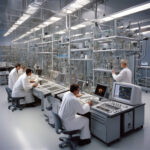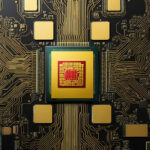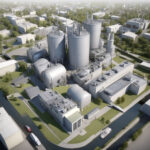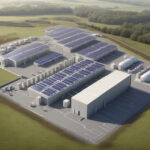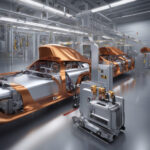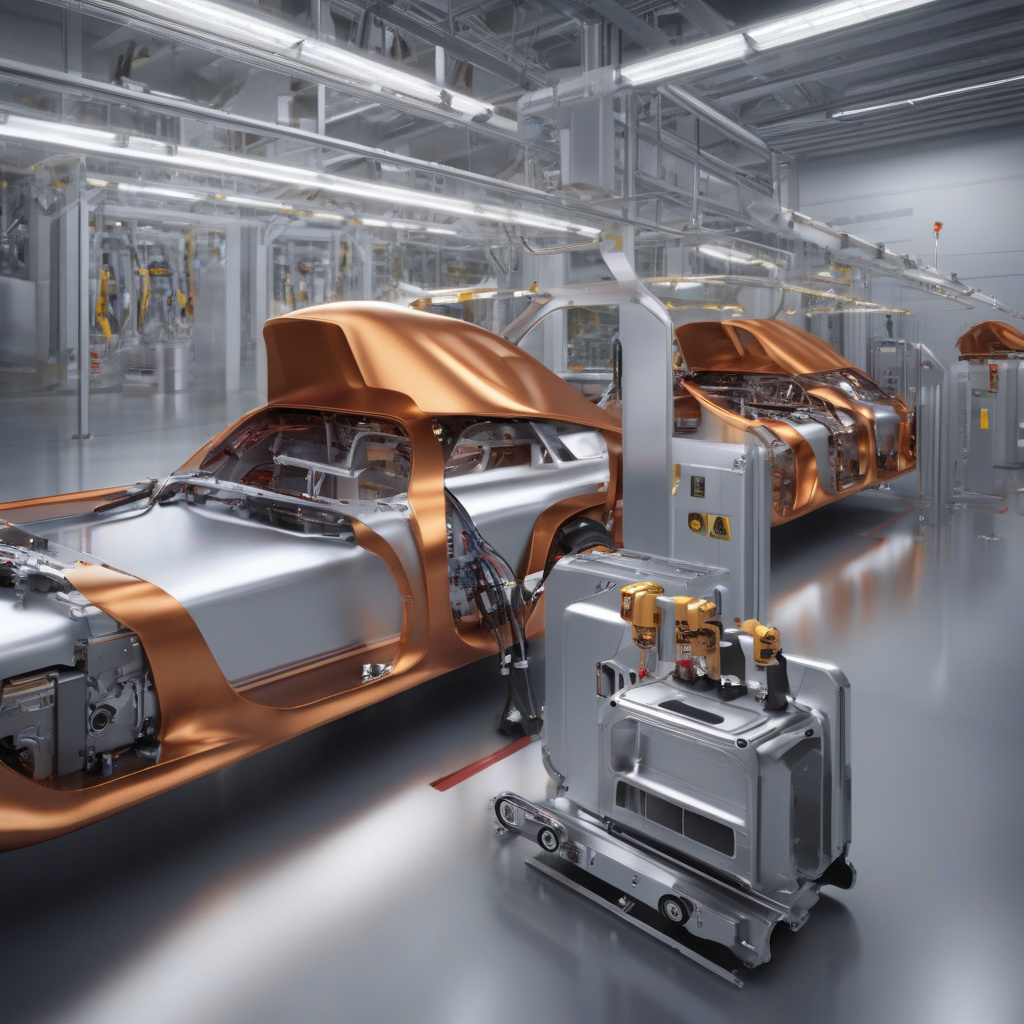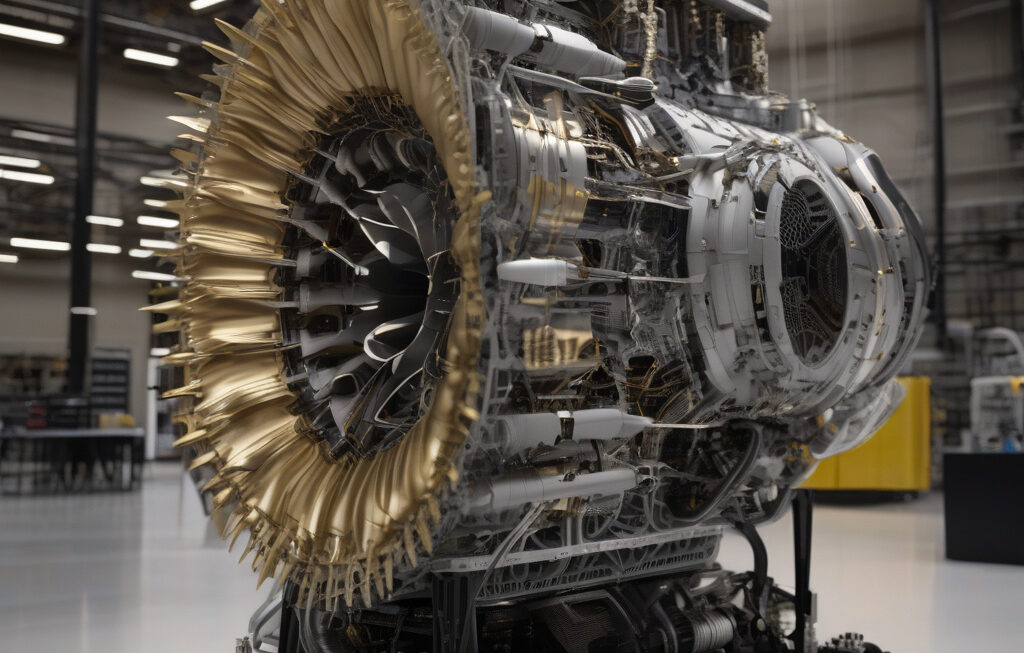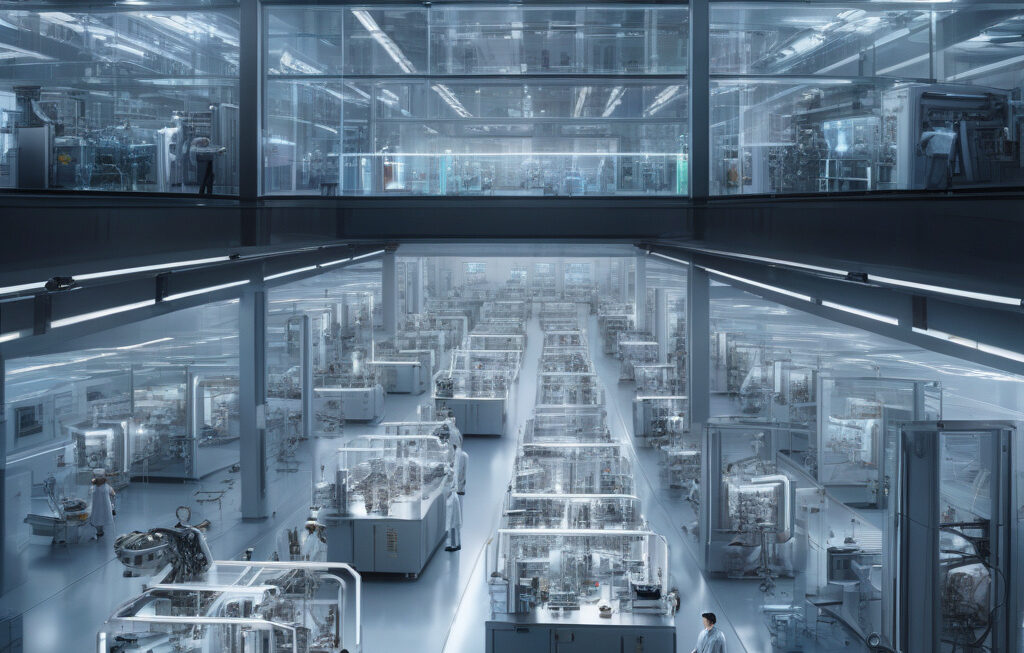Laser Welding Technology Paves the Way for Crack-Free EV Battery Housings
Researchers in Germany have recently unveiled a novel laser welding technology that eliminates the need for filler wire, revolutionizing the production of electric vehicle (EV) battery housings. This cutting-edge technique not only enhances the structural integrity of the battery enclosures but also significantly reduces manufacturing costs and production time, making it a game-changer in the automotive industry.
Traditional welding methods often rely on filler wire to join metal components together, which can lead to potential weaknesses such as cracks and porosities, especially in materials like aluminum. In contrast, the new laser welding technology utilizes a high-energy laser beam to create a deep weld pool, allowing the molten metal to solidify without the use of additional materials. This results in a seamless and robust bond that is free from defects, ensuring the long-term reliability and safety of EV battery enclosures.
One of the key advantages of laser welding is its ability to achieve high precision and consistency in the welding process. The focused laser beam can be precisely controlled to deliver the optimal amount of energy required for each specific joint, resulting in uniform welds with minimal heat-affected zones. This level of accuracy is essential for ensuring the structural integrity of the battery housing, as any defects or inconsistencies in the weld seam could compromise the overall performance and safety of the EV.
Furthermore, the elimination of filler wire not only simplifies the welding process but also reduces material waste and consumable costs. By using only the base materials, manufacturers can streamline their production operations and achieve greater efficiency in the assembly of EV battery enclosures. This not only leads to cost savings but also contributes to a more sustainable manufacturing process by minimizing the environmental impact of excess material usage.
In addition to the technical advantages, the new laser welding technology also offers practical benefits in terms of productivity and scalability. The high welding speeds and efficiency of the process allow manufacturers to increase their production output and meet the growing demand for EVs in the market. With faster cycle times and reduced setup times, companies can ramp up their manufacturing capabilities and stay ahead of the competition in the rapidly evolving automotive industry.
The successful implementation of laser welding technology for EV battery housings underscores the importance of continuous innovation and research in advancing manufacturing processes. By leveraging cutting-edge technologies and pushing the boundaries of what is possible, researchers and engineers can develop solutions that not only address current challenges but also pave the way for future advancements in electric mobility.
As the demand for EVs continues to rise and the automotive industry shifts towards sustainable practices, technologies like laser welding will play a crucial role in shaping the vehicles of tomorrow. With crack-free battery housings and enhanced manufacturing efficiency, electric vehicles can offer a reliable and environmentally friendly alternative to traditional combustion engine vehicles, driving the industry towards a cleaner and more sustainable future.
#LaserWelding #EV #BatteryTechnology #AutomotiveIndustry #Sustainability

